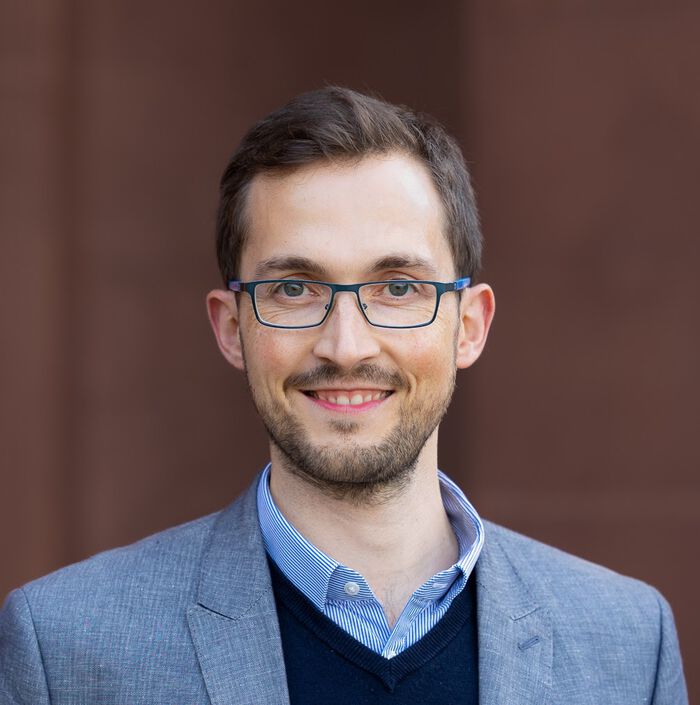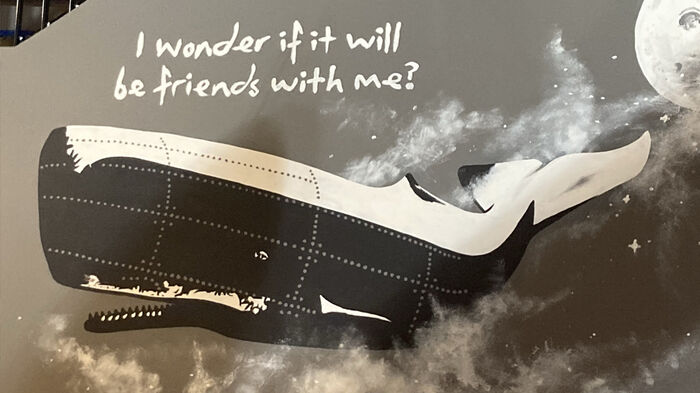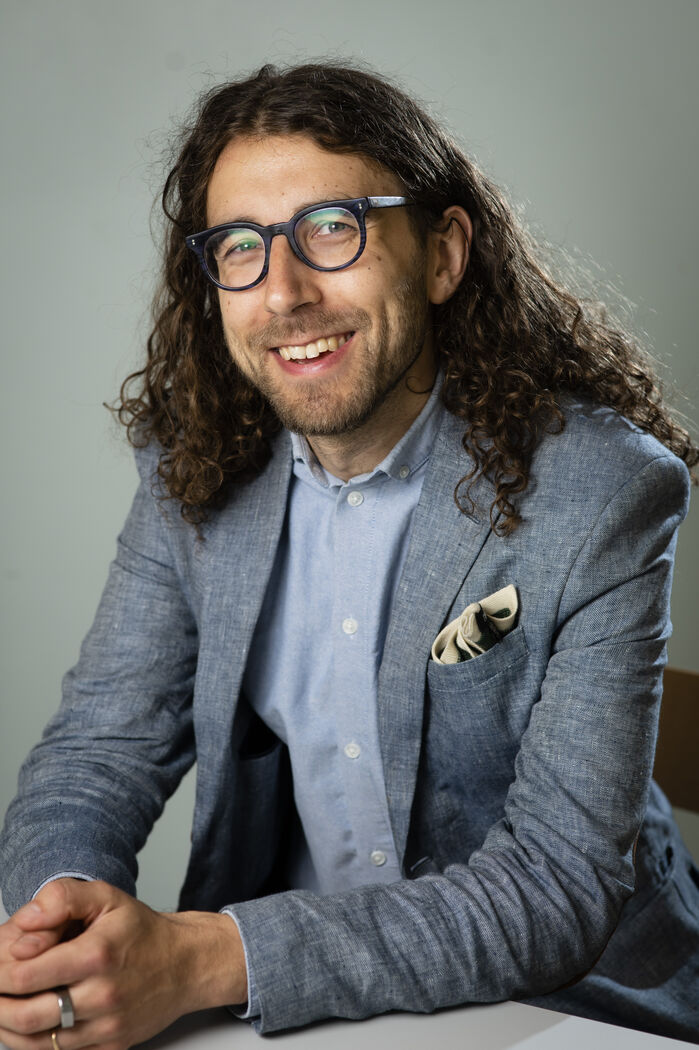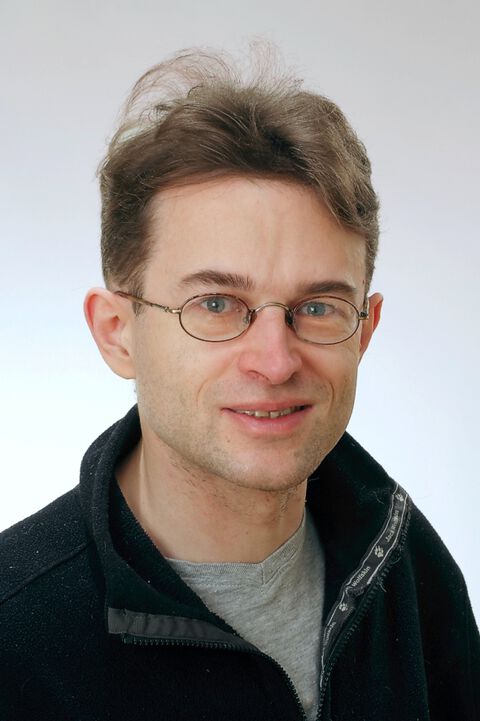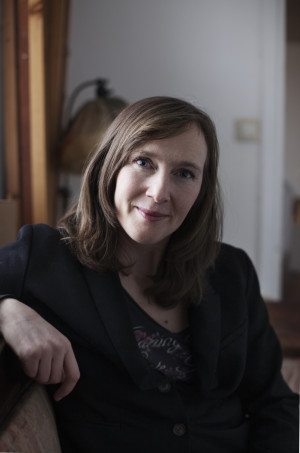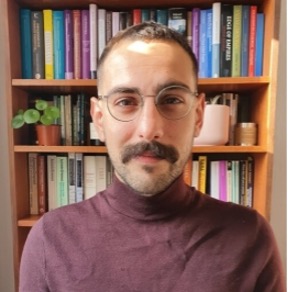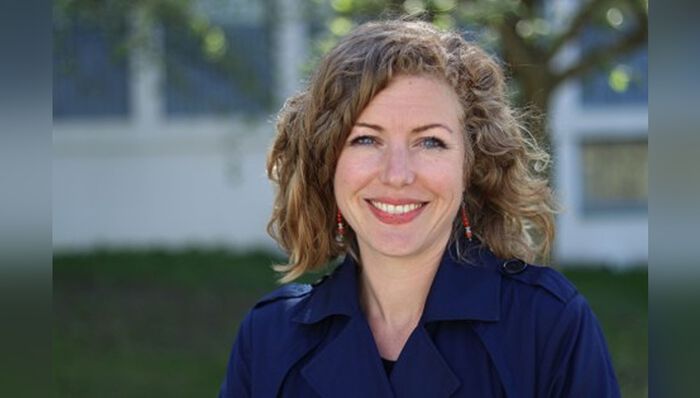Tidligere arrangementer - Side 33
Department seminar. Andreas Gerster is a Acting Professor of Economics at University of Mannheim. He will present the paper: “Energy Tax Exemptions and Industrial Production”.
Felleskollokvium by prof. Erik Adli, Dept. of Physics, UiO
The whale is held to have great symbolic meaning, as an environmental emblem, as food, as tourist attraction, and more. In Andenes, Vester?len, two anthropologists, Britt Kramvig and Sadie Hale talk about their search for different kinds of whales and the particular ways that the whale-as-symbol is contested in this place.
QOMBINE seminar talks by Delphine Martres (University of Oslo) and Alexander Müller-Hermes (University of Oslo)
Hege Randi T?rressen will visit the Centre for Ibsen Studies to talk about her profession as a dramaturg at the National Theatre. This industry talk will be informative and provide a unique perspective about the National Theatre. There will be a Q&A session afterwards. Light refreshments will be served.
Prof. Julian Caskel, from Folkwang University of the Arts, will speak at RITMO's Seminar Series.
Nakajima quiver varieties are a class of combinatorially defined moduli spaces generalising the Hilbert scheme of points in the plane, defined with the aid of a quiver Q (directed graph) and a fixed framing dimension vector f. In the 90s Nakajima used the cohomology of these varieties (in fixed cohomological degrees, and for fixed f) to construct irreducible lowest weight representations of the Kac-Moody Lie algebras associated to the underlying graph of Q. Since the action is via geometric correspondences, the entire cohomology of these quiver varieties forms a module for the same Kac-Moody Lie algebras, suggesting the question: what is the decomposition of the entire cohomology into irreducible lowest weight representations?
In this talk I will explain that this question is somehow not the right one. I will introduce the BPS Lie algebra associated to Q, a generalised Kac-Moody Lie algebra associated to Q, which contains the usual one as its cohomological degree zero piece. The entire cohomology of the sum of Nakajima quiver varieties for fixed Q and f turns out to have an elegant decomposition into irreducible lowest weight modules for this Lie algebra, with lowest weight spaces isomorphic to the intersection cohomology of certain singular Nakajima quiver varieties. This is joint work with Lucien Hennecart and Sebastian Schlegel Mejia.
Visa A. J. Kurki (University of Helsinki) will present his article 'Can nature hold rights?: It's not as easy as you think'
How does visualization – of music in general and rhythm in particular – contribute to the analysis of music and musical performance? What are the challenges and advantages of new digital technology when it comes to such visualization? And what kind of consequences – aesthetical, epistemological, ontological – follow from this approach?
How can we investigate how hominins sculpted ecologies and gain better understandings of the evolution of landscape responses to human predation and subsistence?
Finding the optimal shape is a vivid research area and has a wide range of applications, e.g., in fluid mechanics and acoustics. Moreover, there is also a close link to image registration and image segmentation. In this talk, we consider shape optimization tasks as optimal control problems that are constrained by partial differential equations. From this perspective, state-of-the-art methods can be motivated by the choice of the metric on the set of admissible shapes. Moreover, a new approach for density based topology optimization is presented in the setting of Stokes flow. It is based on classical topology optimization and phase field approaches, and introduces a different way to relax the underlying infinite-dimensional mixed integer problem. We give a theoretically founded choice of the relaxed problems and present numerical results. Moreover, in order to show the potential of the new approach, we do a comparison to a classical approach. (joint work with Michael Ulbrich and Franziska Neumann)
I en tid med fokus p? funksjon, m?lstyring og instrumentell nytte, faller danning lett i bakgrunnen. Hvorfor er det s?nn?
A tropical curve is a graph embedded in R^2 satisfying a number of conditions. Mikhalkin's celebrated correspondence theorem establishes a correspondence between algebraic curves on a toric surface and tropical curves. This translates the difficult question of counting the number of algebraic curves through a given number of points to the question of counting tropical curves, i.e. certain graphs, with a given notion of multiplicity through a given number of points which can be solved combinatorially. To get an invariant count, real rational algebraic curves are counted with a sign, the Welschinger sign and there is a real version of the correspondence theorem. Furthermore, Marc Levine defined a generalization of the Welschinger sign that allows to get an invariant count of algebraic curves defined over an arbitrary base field. For this one counts algebraic curves with a certain quadratic form.
In the talk I am presenting work in progress joint with Andrés Jaramillo Puentes in which we provide a version Mikhalkin's correspondence theorem for an arbitrary base field, that is a correspondence between algebraic curves counted with the above mentioned quadratic form and tropical curves counted with a quadratic enrichment of the multiplicity. Then I will explain how to use this quadratic correspondence theorem to do the count of algebraic curves over an arbitrary base field.
Reading Armenian History as a Socially Symbolic Act
Nicholas S.M. Matheou (University of Edinburgh)
Paulo Ricardo Berton (Federal University of Santa Catarina, Brazil) holds a guest lecture in our course "Ibsen og det moderne drama".
C*-algebra seminar talk by Lucas Hataishi (University of Oslo)
Juan Christian Pellicer (University of Oslo)
This lecture will address Taiwan’s relations with mainland China and Taiwan’s domestic developments since 1949.
Associate professor Aaron Hess and professor Jens Kjeldsen will give a seminar to the Text & Rhetoric Research Seminar, on a theme of great importance to rhetorical studies as well as to life in general: ethos.
Associate professor Aaron Hess will give a seminar to the Text & Rhetoric Research Seminar, on the theme ?participatory approaches to rhetoric?.
Hva vet vi om de kvinnelige krigerne i vikingtiden? Og hvordan p?virker v?r egen tid v?r forst?else av kj?nnsroller i fortiden?
By José Pablo Vázquez-Medina from the University of Bekerley
What’s in a ‘verb’? Is there some lexical content which marks a word as a ‘verb’ or ‘noun’, or even a single level of analysis at which we could define them? Evidence from multiple fields of linguistics suggests not.
En gjesteforelesning av Juan Cruz Forgnone (Universitetet i Buenos Aires)
